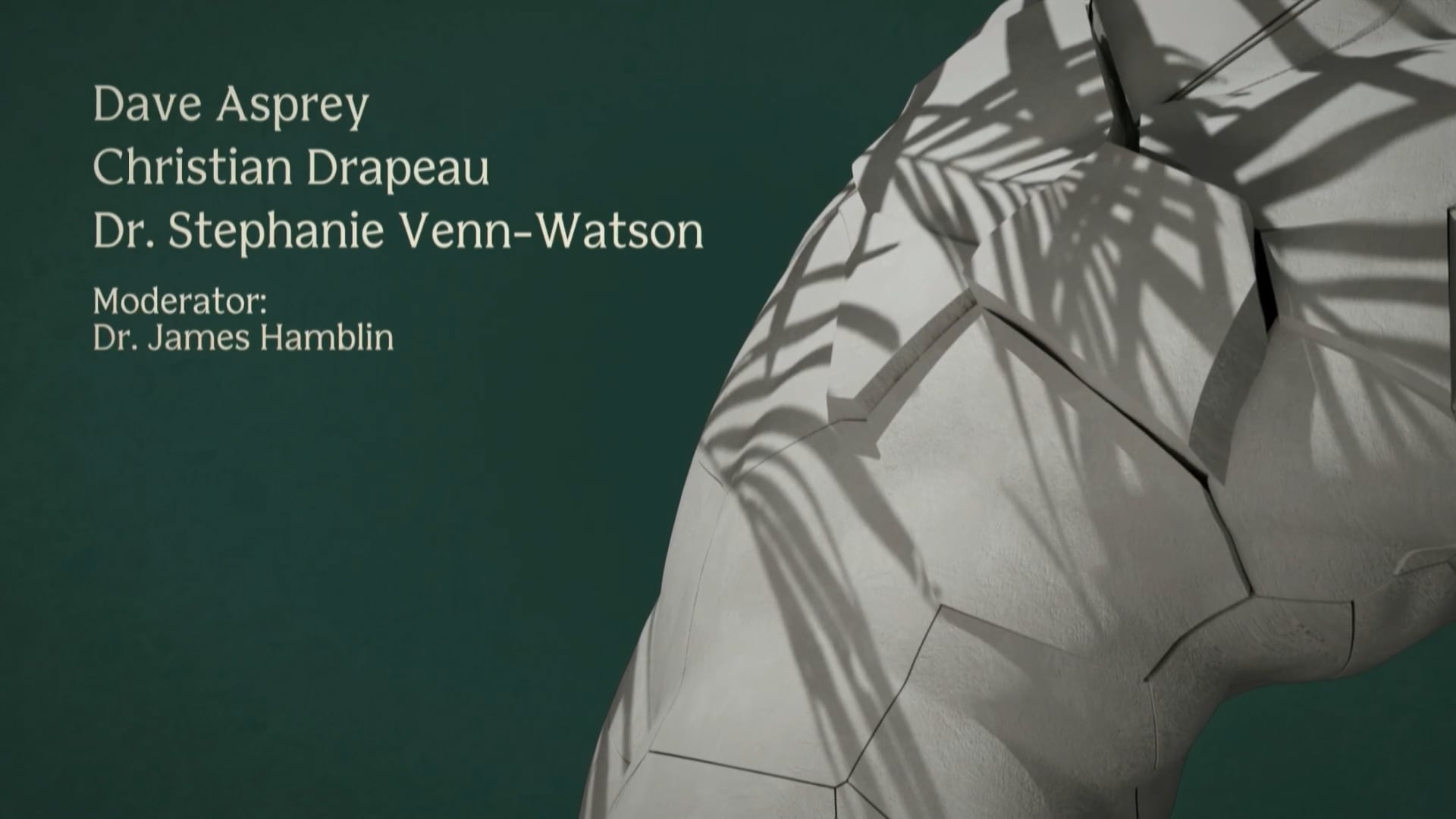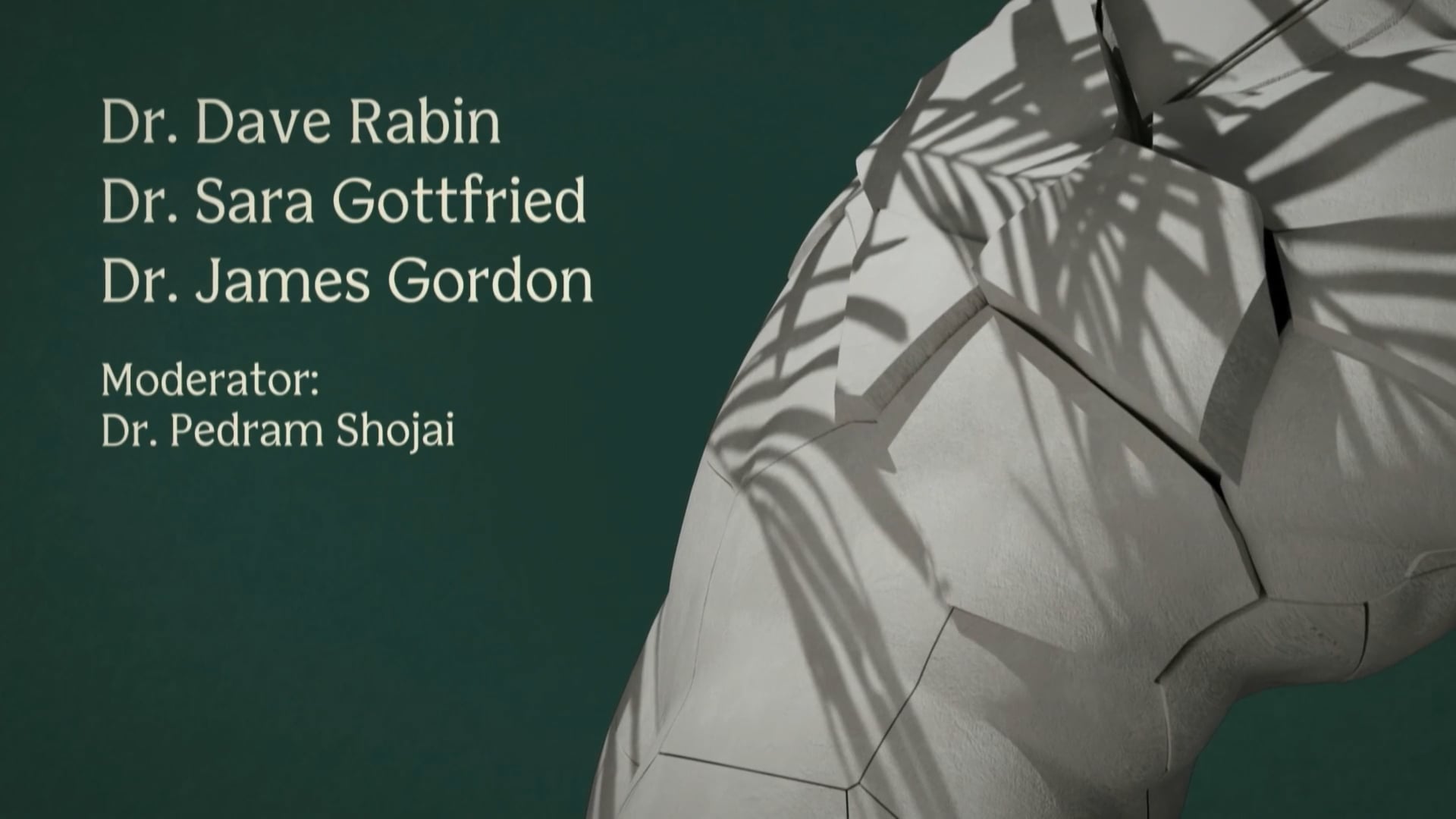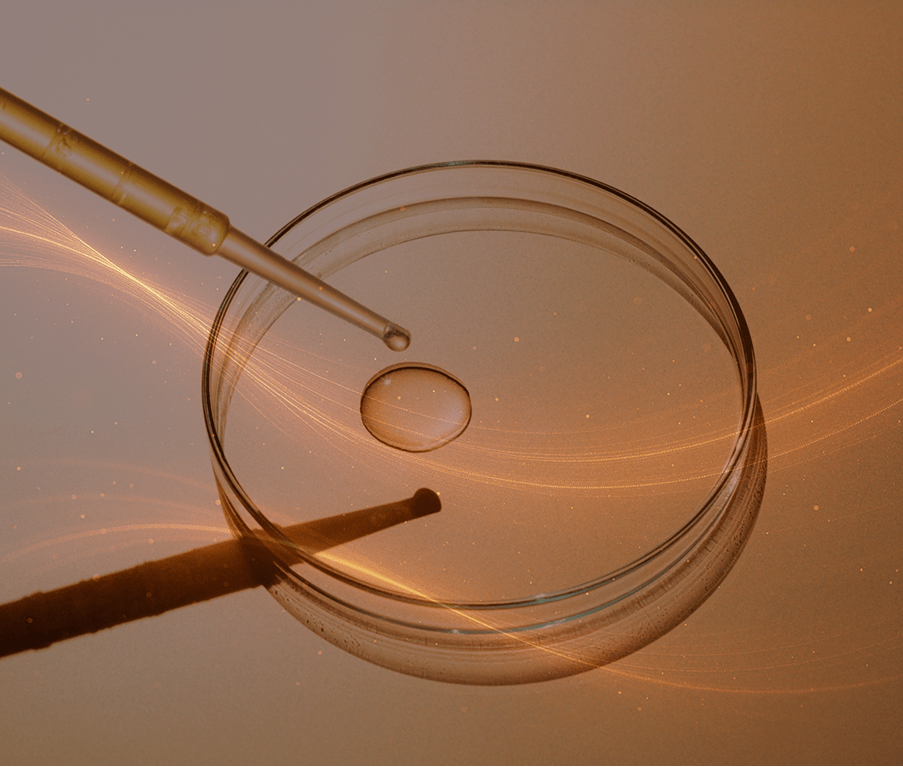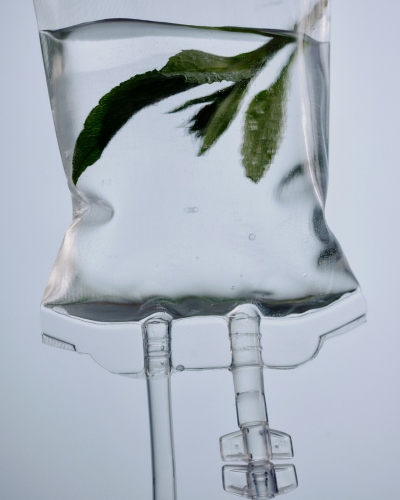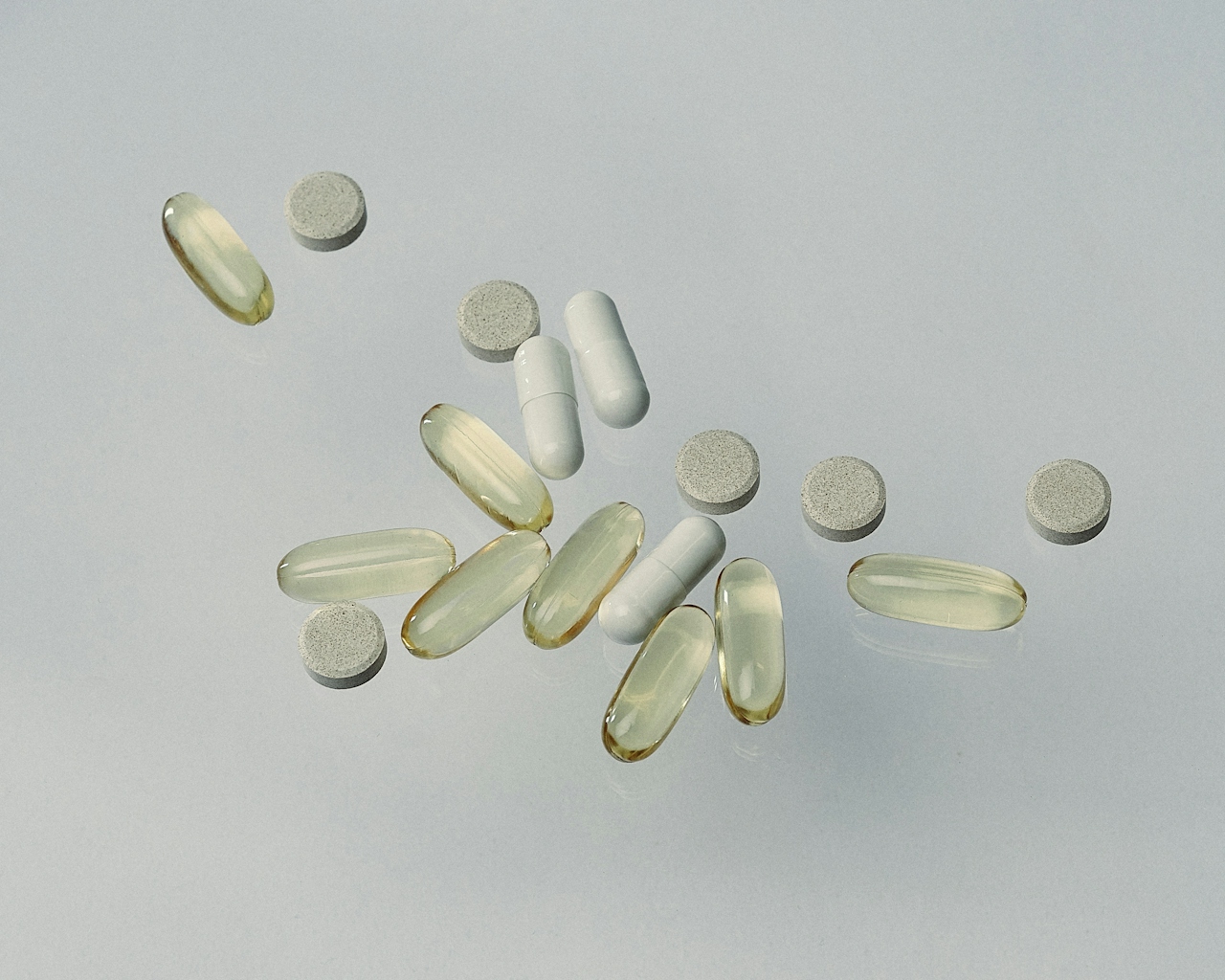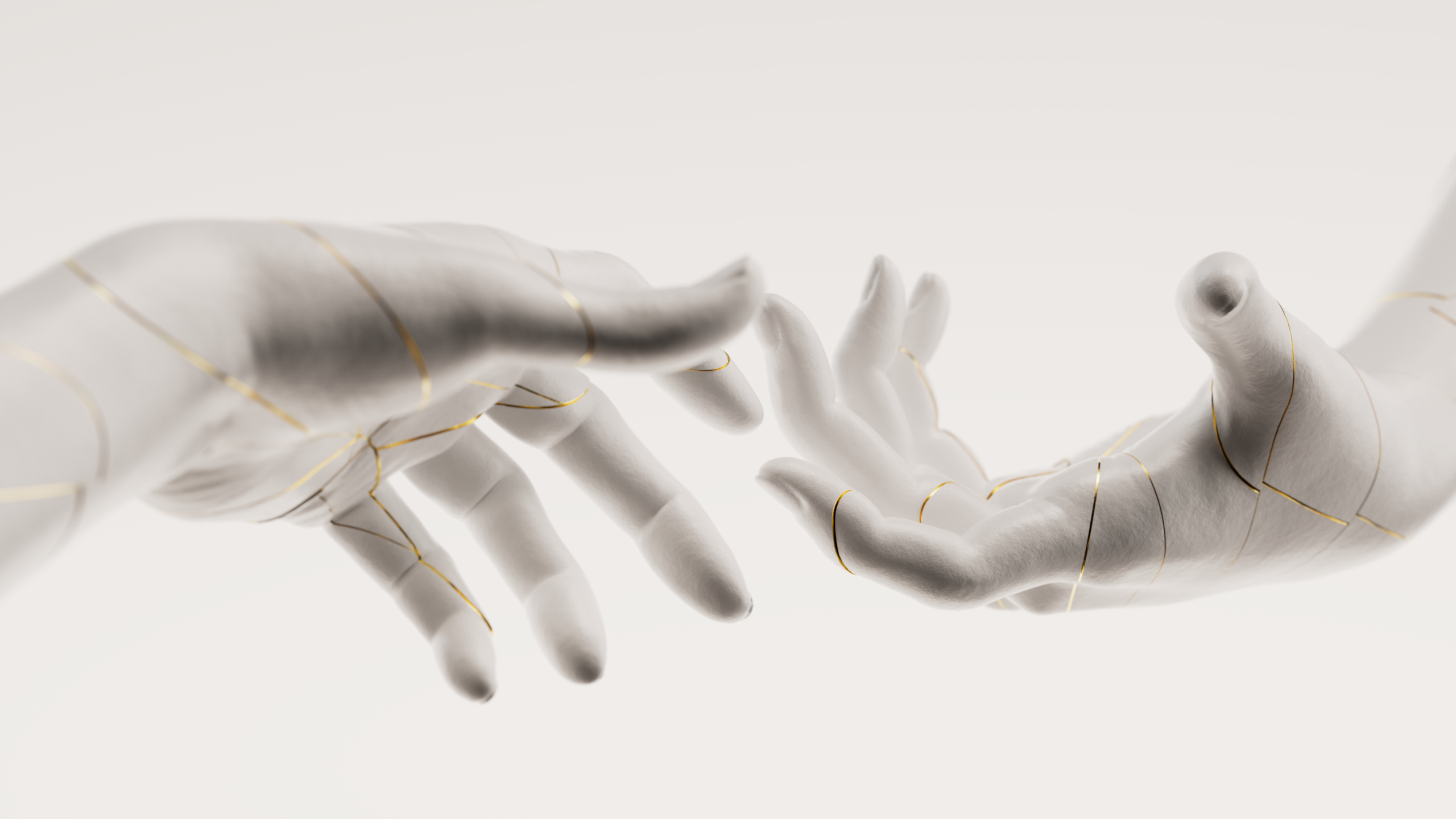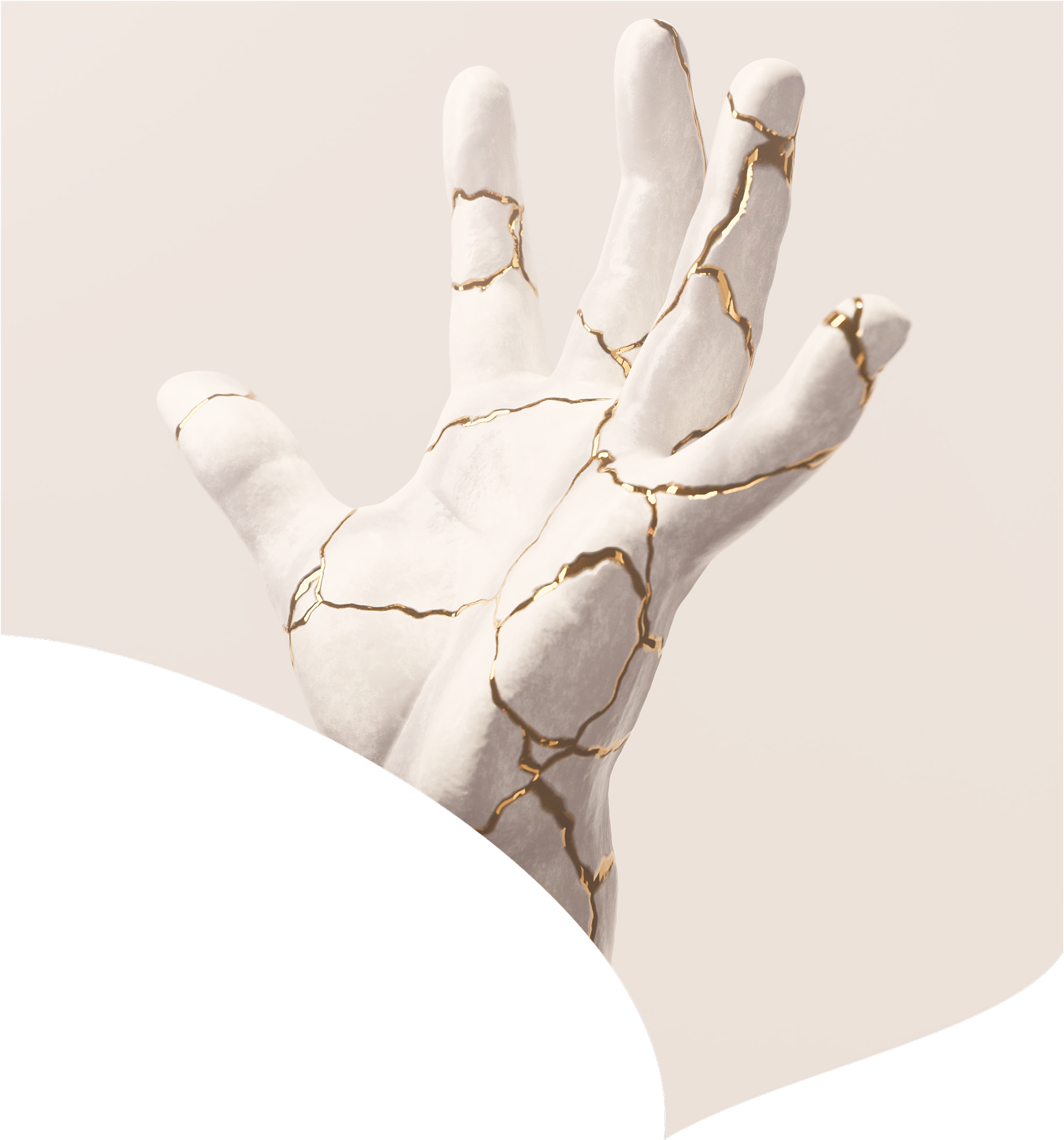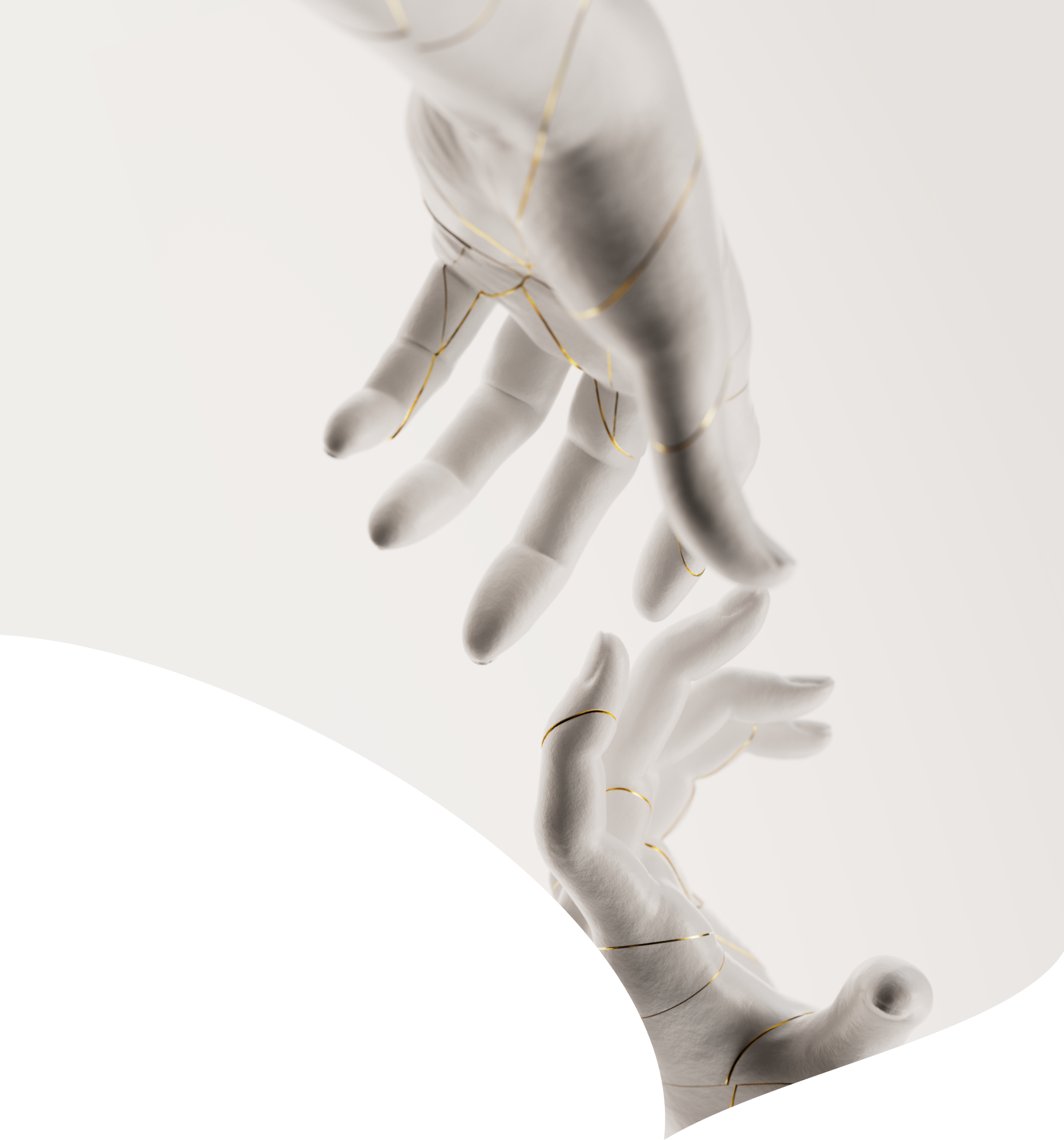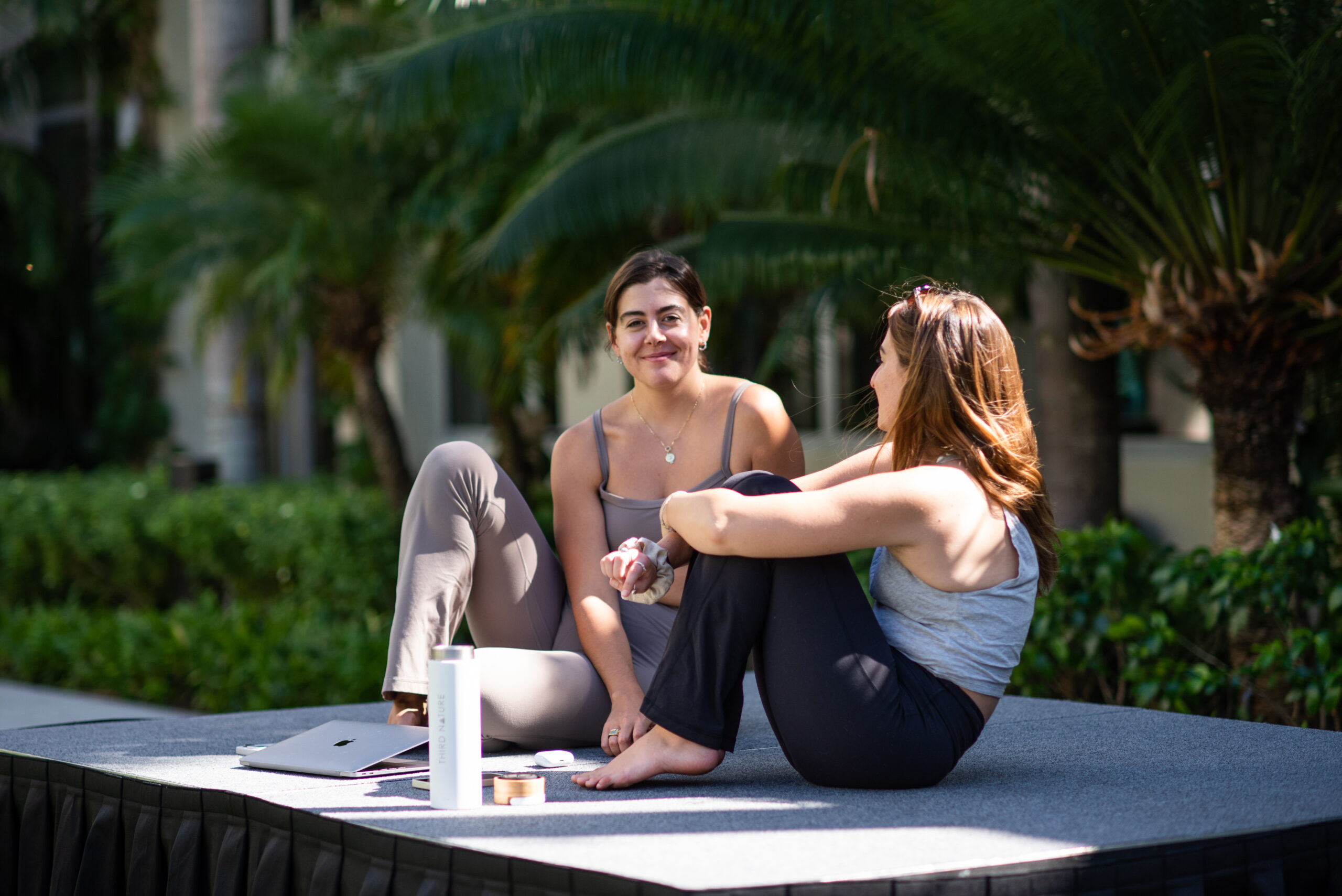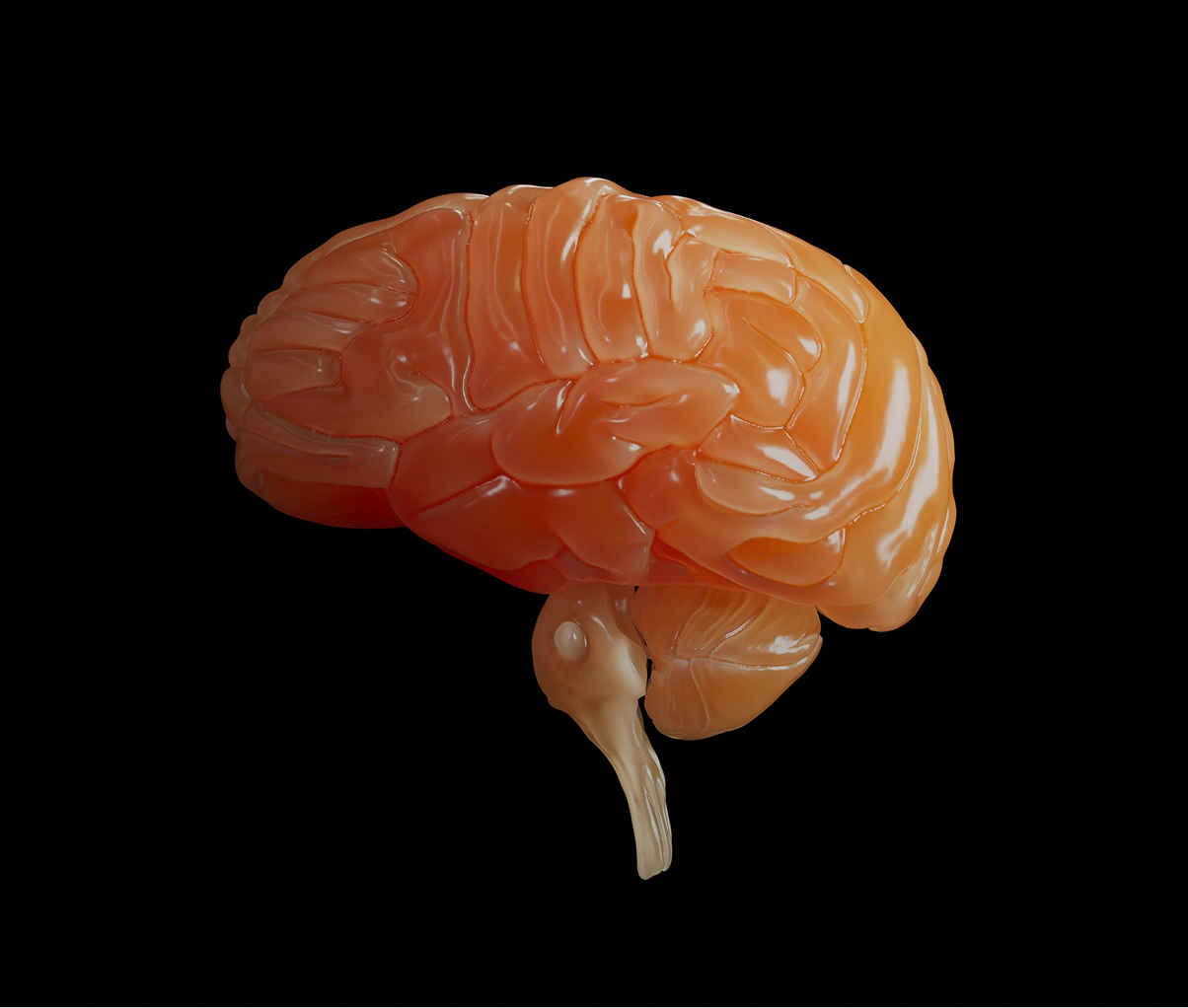
This issue of the Eudēmonia Newsletter is independent editorial content and has not been reviewed or endorsed by any sponsor.
Your brain is one of the most complex objects in the known universe. Eighty-six billion neurons shape every thought, memory, sensation, and dream. Your brain is the conductor of consciousness, orchestrating identity, memory, emotion, and creativity in a performance that never stops—not even while you sleep.
And yet, for all its power, the brain is still an organ, vulnerable to stress, toxins, inflammation, and neglect.
The world is seeing record highs in dementia, Alzheimer’s disease, and Parkinson’s disease. And the numbers are only growing.
Surveys consistently show that cognitive decline ranks as our deepest health fear, surpassing cancer, heart disease, even death itself. We can imagine life in a wheelchair. We can't imagine life without ourselves.
This fear makes brain health one of the most emotionally charged topics in modern longevity. We chase muscle, metabolism, and younger-looking skin, but without cognitive vitality, every other optimization becomes meaningless.
And it's not just about aging. Brain health resonates across generations and lifestyles. Parents want healthy learning and emotional balance for their kids. Professionals seek clarity and focus amid endless distractions. Athletes chase quicker reflexes and smarter recovery. Older adults work to preserve their memory and autonomy. Different priorities, perhaps, but they all point toward the same fundamental desire: a mind that works the way we need it to.
It’s big business, also. More supplements, wearables, detoxes, and peptides pop up every day—all designed to keep your brain healthy and sharp. Thankfully, there’s plenty we can do to preserve neuroplasticity, our brain’s ability to reorganize, adapt, and generate news neurons.
Today, we’ll look at the science that promises to preserve clarity, the strategies that protect against decline, and the emerging modalities that promise to expand mental potential well into our ninth and tenth decades.
Not Just Lifespan, But Brainspan
Cognitive longevity remains the most important yet least understood domain of aging. While we've made remarkable strides in extending lifespan, we're only beginning to understand how to preserve our minds those extra years.
The numbers are sobering:
- By age 85, one in three people will develop Alzheimer's disease.
- Dementia deaths have surged by nearly 195% globally since 1990, outpacing the growth in deaths from cardiovascular disease, cancer, and most other major health conditions
- Globally, dementia cases are expected to triple compared to 2019, reaching about 153 million by 2050.
- The average American faces 4–8 years in which their body outlives their cognitive function.
Cognitive decline doesn't just outpace other forms of degeneration; it fundamentally alters quality of life in ways that physical limitations rarely match. Yet here's the revolutionary finding from the Lancet Commission on Dementia: 45% of dementia cases are potentially preventable through modifiable lifestyle factors.
This brings us to a critical concept: brainspan—the overlap between how long we live and how long our minds stay sharp. To truly live longer and age better, we must focus not only on lifespan but healthspan and brainspan.
Thankfully, many of the things we focus on to stay healthy—like exercise, nutrition, and sleep—also promote brain health.
What Drives Cognitive Decline?
At the cellular level, six primary mechanisms drive cognitive decline.
Neuroinflammation
Chronic activation of the brain’s immune cells (microglia) creates a slow-burning fire that damages neurons and synapses. This isn’t the acute inflammation that helps heal injury; it’s a persistent state that accelerates aging.
Mitochondrial Exhaustion
Your brain consumes more energy per pound than any other organ. It relies heavily on your mitochondria, consuming 20% of your body's calories despite being 2% of its weight. With mitochondrial dysfunction, that energy supply falters, and focus, memory, and mental speed begin to decline.
Hormonal Imbalance
The decline of estrogen, testosterone, thyroid hormones, and growth factors doesn’t just affect the body. It fundamentally alters brain structure and function, particularly in regions governing memory and executive function.
Vascular Dysfunction
The brain receives 15% of the body’s blood flow through about 400 miles of vessels. When small ones stiffen or clog—often silently—entire regions suffer. MRI scans show “white matter hyperintensities” in 95% of people over 60, each marking millions of damaged connections. Reduced blood flow means less oxygen, fewer nutrients, and slower waste removal. The hippocampus, key to forming new memories, is especially vulnerable.
Protein Accumulation
Beta-amyloid plaques and tau tangles (the hallmarks of Alzheimer’s) begin forming decades before symptoms appear. These proteins aren’t harmless waste: amyloid damages synapses, while tau spreads between neurons, corrupting others. The brain clears them during deep sleep through the glymphatic system, but this process slows by about 40% with age. Add chronic sleep loss, and buildup accelerates rapidly.
Oxidative Stress
The brain consumes 20% of the body’s oxygen but has limited antioxidant defenses—a risky imbalance. Free radicals damage DNA, proteins, and cell membranes, and neurons can’t divide to dilute the harm. Over time, oxidative stress erodes myelin, the insulation around neural pathways, slowing processing speed by as much as 40% with age.
At the behavioral level, every day choices also shape the brain’s trajectory.
Chronic Stress
Cortisol, in acute doses, sharpens focus and memory. Chronically elevated, it becomes neurotoxic, literally shrinking the hippocampus (your memory center). Stressed brains show accelerated aging equivalent to 3–6 additional years on MRI scans. Cortisol disrupts neuroplasticity, impairs glucose metabolism, and triggers inflammatory cascades that persist long after the stressor ends.
Sleep Deprivation
Sleep disruptions like insomnia and sleep-disordered breathing are linked to around 20–40% increased risk of Alzheimer's. During deep sleep, slow brain waves help flush out waste, boosting the brain’s cleansing system by about 60%. Skip that deep rest too often, and toxic proteins start to build up. Even one night without enough sleep can raise amyloid-beta, a sticky protein linked to Alzheimer’s disease, by about 5%.
Inflammatory Diets
Ultra-processed foods inflame the brain in several ways. They cause blood sugar spikes that create oxidative stress, trans fats that make brain cell membranes less flexible, and compounds called AGEs that slip through the blood-brain barrier and damage proteins. Diets high in processed foods increase dementia risk by 44%.
The Gut–Brain Axis
Your gut contains 500 million neurons and makes about 90% of the body’s serotonin, which helps regulate mood, focus, and sleep. When its bacteria fall out of balance, inflammation spreads through the vagus nerve and bloodstream, reaching the brain and disrupting those same functions.
Environmental Toxins
Air pollution raises the risk of dementia by about 30–40% in people exposed to high levels over time. Tiny particles in polluted air can enter the brain and trigger inflammation that damages neurons, while heavy metals and chemicals accumulate, disrupting energy production and key brain chemicals.
Social Isolation
Loneliness increases dementia risk by approximately 40%—equivalent to smoking 15 cigarettes daily. Social isolation activates inflammation and reduces the brain’s ability to adapt and grow. Evolution wired us this way—being alone once signaled danger, so the body went into defense mode. Today, that same response speeds up cognitive decline.
A Sedentary Lifestyle
After age 50, physical inactivity causes the hippocampus to shrink by about 2% each year. On the other hand, regular exercise can increase the size of the hippocampus by around 2% even in older adults, effectively undoing some age-related shrinkage. Exercise helps because it boosts the release of a brain-growth protein (BDNF), improves blood flow, and encourages the growth of new brain cells in the hippocampus, one of the few brain regions where new neurons can be made throughout life.
But these mechanisms aren't one-way streets. The same brain that’s vulnerable to inflammation can be trained to build new connections. Even in aging brains, neurons can trigger mitochondrial biogenesis, rebuilding their energy infrastructure from within. And hormonal decline can be partially offset by stimulating the brain’s own growth factors through specific interventions. This is the promise of neuroplasticity—not just slowing decline, but actively building resilience.
The Flexible Brain
For decades, neuroscience doctrine held that adult brains were fixed—you got your neurons at birth and spent a lifetime losing them. This deterministic view has been thoroughly shattered. Your brain remains remarkably plastic throughout life, capable of forming new connections, reorganizing networks, and even generating new neurons.
Neuroplasticity isn't just your brain's ability to change; it's nature's counterbalance to decline. Every time you learn something new, struggle with a challenge, or break routine, you're literally reshaping your brain's architecture.
- London taxi drivers, who memorize about 25,000 streets, develop larger hippocampi (the part of the brain that handles spatial memory) which continue to grow with experience. Musicians show a similar effect: their brains devote more space to controlling their instruments, with violinists showing enlarged areas for the fingers of the left hand.
- Meditators show real brain changes in as little as eight weeks: more gray matter in the hippocampus, a smaller amygdala (the brain’s fear center) and stronger links between the prefrontal cortex and emotional regions, improving emotional control.
- Learning a new language strengthens the brain’s wiring, too. Within a few months, MRI scans show denser white matter—the connections that help different regions communicate more efficiently.
This is all to say that neuroplasticity reminds us that the brain is never fixed—it’s responsive, alive, and always capable of growth. Every new skill, habit, or challenge rewires its structure in subtle ways, strengthening the networks that define who we are and how we think. Change isn’t limited by age but by engagement. The more we use the brain with intention and curiosity, the more it stays flexible, resilient, and young.
Building A Healthy Brain
Always consult a physician before starting any new supplement, medication, or protocol—especially if you have existing conditions or take other treatments. We’re living in the age of personalized medicine, where health decisions are guided by genetics, biomarkers, and individual biology rather than one-size-fits-all advice. What supports one brain might overstimulate another, which is why informed testing and medical guidance matter more than ever.
Nutrition
Your brain is built from what you eat, literally. Every neuron membrane, every neurotransmitter, every protective antioxidant comes from your diet.
- Omega-3s: Aim for 2–3 servings of fatty fish per week (salmon, sardines, mackerel), or supplement with at least 1,000 mg daily of combined EPA and DHA if you don’t eat fish regularly. A daily dose of 900 mg DHA has been shown to support memory and cognitive performance in older adults.
- Diet: Emphasize leafy greens (6+ servings weekly), berries (at least 2+ servings weekly), nuts, whole grains, and olive oil. Adherents show 53% reduced Alzheimer's risk.
- Fasting windows: 12–14 hour overnight fasts enhance ketone production and trigger autophagy—cellular cleanup that removes damaged proteins.
- Hydration: Even 2% dehydration impairs cognitive performance by 10–15%. Aim for half your body weight in ounces daily.
Check Out Our Issue on Superfoods
Exercise
Exercise is the single most powerful tool for cognitive enhancement, increasing BDNF, neurogenesis, and vascular function simultaneously.
- Zone 2 cardio: 150 minutes weekly. This intensity optimizes mitochondrial function and cerebral blood flow without excessive oxidative stress.
- Resistance training: 2 sessions weekly. Strength training uniquely increases IGF-1, supporting neuronal growth and survival.
- Coordination challenges: Dance, martial arts, or racquet sports that require quick decision-making build cognitive reserve through motor-cognitive dual tasking.
- Daily movement: 8,000+ steps daily reduces dementia risk by 50%. The benefit plateaus at 10,000 steps.
Check Out Our Issue On Longevity Fitness
Cognitive Training
Your brain follows “use it or lose it” principles. Novel, challenging, and progressive mental exercise builds cognitive reserve.
- Learn hard things: Musical instruments, new languages, or complex skills requiring deliberate practice for 20+ minutes daily. The struggle is the stimulus.
- Social learning: Group activities combining social interaction with cognitive challenge (book clubs, strategy games, dance classes) provide dual benefits.
- Creative expression: Writing, painting, or crafting activates default mode network differently than analytical tasks, promoting cognitive flexibility.
- Limit time on your phone and screens: Doom scrolling atrophies attention.
Sleep
Sleep isn’t just rest; it's active brain maintenance. Every night you shortchange sleep, you accumulate cognitive debt that compounds into decline.
- 7–9 hours nightly: Less than 6 hours doubles dementia risk; more than 9 may indicate underlying health issues.
- Consistent schedule: Varying sleep timing by 90+ minutes disrupts circadian gene expression for days.
- Temperature optimization: Core body temperature must drop 2–3°F for quality sleep. Keep the bedroom at 65–68°F.
- Pre-sleep routine: No screens 1 hour before bed (blue light suppresses melatonin by 50%). Finish eating for the day at least 3 hours before bed. Replace screens with reading, stretching, or journaling.
Thermal Conditioning
Temperature extremes act as powerful hormetic stressors—short, controlled challenges that strengthen the body and mind. Alternating between heat and cold improves circulation, reduces inflammation, and enhances stress resilience.
- Sauna: Twenty minutes at around 170°F boosts heat shock proteins, reduces inflammation, and increases brain-derived neurotrophic factor (BDNF), which supports learning and memory. Frequent sauna use—4–7 sessions per week—has been linked to a 65% lower risk of Alzheimer’s and dementia in long-term studies.
- Cold Exposure: Two to three minutes in water near 50°F raises norepinephrine levels by up to 500%, sharpening focus, mood, and alertness. Cold stress also improves mitochondrial efficiency and lowers inflammation. Used regularly, it trains the nervous system to recover faster from stress.
Together, heat and cold create a kind of neural gym—stimulating repair, boosting resilience, and protecting the brain against the wear and tear of modern life.
Check Out Our Issue On Heat And Cold Exposure
Managing Stress
Stress itself isn’t harmful—chronic, unmanaged stress is. Building stress resilience protects cognitive function while enhancing adaptation.
- Meditation: 12 minutes daily reduces inflammatory markers by 23% and increases telomerase (longevity enzyme) by 43% in 8 weeks.
- Breathwork: 4-7-8 breathing (inhale 4, hold 7, exhale 8) activates parasympathetic response within 3 cycles.
- Hormetic stressors: Cold exposure (2 minutes at 50°F), sauna (20 minutes at 170°F), or intense exercise provide controlled stress that builds resilience.
- Nature exposure: 120 minutes weekly in green spaces reduces cortisol and inflammatory markers while enhancing cognitive restoration.
Check Out Our Issue On Breathwork And Meditation
Supplemental Support
Targeted supplementation can fill nutritional gaps and provide cognitive enhancement beyond what diet alone achieves. Here are some to consider.
- Magnesium Glycinate: 400mg nightly (improves sleep quality, reduces neuroinflammation)
- Vitamin D3: 2,000–4,000 IU daily (neuroprotective, supports neuroplasticity)
- B Complex: High-quality methylated forms (critical for neurotransmitter synthesis)
- Lion’s Mane: 1,000mg daily (stimulates nerve growth factor)
- Curcumin: 500mg with black pepper (crosses blood-brain barrier, anti-inflammatory)
There are many other supplements that might help boost your health, but their effectiveness often depends on your individual biology, diet, and lifestyle.
Check Out Our Issue On Supplements
Hormone Balance
Hormones regulate mood, focus, motivation, and memory. When they drift out of range—through aging, stress, or poor sleep—mental clarity and emotional stability suffer.
Estrogen supports learning and serotonin activity. Testosterone drives motivation and focus. Progesterone calms the brain and promotes deep sleep. Cortisol, thyroid, and insulin control energy balance, stress response, and cellular metabolism—all critical to cognitive performance.
- Strength training: Lifts anabolic hormones like testosterone and growth hormone while improving insulin sensitivity.
- Consistent sleep: Deep sleep resets cortisol and growth hormone cycles, restoring balance.
- Whole-food nutrition: Adequate protein, omega-3s, and micronutrients support hormone synthesis and signaling.
- Stress management: Meditation, breathwork, and nature exposure reduce cortisol load and stabilize mood.
- HRT (Hormone Replacement Therapy): Under medical supervision, tailored hormone therapy can restore energy, cognition, and mood as levels decline with age.
Social Connection
Social interaction is cognitively demanding in ways that protect the brain. Reading facial expressions, tracking conversations, navigating group dynamics—these require complex neural orchestration across multiple brain regions. Regular social engagement literally increases gray matter density in regions processing social information and emotional regulation.
It's not about having hundreds of acquaintances but maintaining meaningful relationships that challenge and support you:
- Deep conversations: Move beyond small talk. Discussing ideas, sharing vulnerabilities, and debating perspectives activates more neural networks than passive socializing.
- Intergenerational connection: Time with different age groups exposes you to varied perspectives and communication styles, enhancing cognitive flexibility.
- Group activities: Join clubs, teams, or classes that combine social interaction with learning or physical activity—book clubs, hiking groups, dance classes deliver compound benefits.
- Acts of service: Volunteering reduces mortality risk by 24% and provides purpose-driven social engagement that enhances both giver and receiver.
- Physical touch: Hugs, handshakes, and appropriate touch release oxytocin, reducing cortisol and inflammation while strengthening social bonds.
The Future of Brain Health
The next decade is going to change how we think about brain health entirely. Tools that once felt out of reach are now moving through real clinical trials, giving us the first glimpse of what proactive, precision brain care will look like.
Peptides and Nootropics
Peptides widely used in Russia, such as Cerebrolysin—a compound derived from pig brain tissue—have shown promising effects in stroke recovery and Alzheimer’s treatment. Synthetic peptides like Selank and Semax also appear to enhance cognition in early research.
Yet long-term safety remains uncertain, and individual responses vary widely, reminding us how complex and personal brain chemistry truly is. Still, peptides remain one of the most promising frontiers in cognitive medicine.
Check Out Our Issue On Peptides
Psychedelics
A single dose of psilocybin can increase neuroplasticity by roughly 10%, with effects lasting for weeks. MDMA-assisted therapy has produced remarkable outcomes in PTSD, potentially reversing trauma’s imprint on the brain.
Ketamine, meanwhile, rapidly counteracts the hippocampal shrinkage seen in chronic depression. Research in this field is expanding rapidly.
Check Out Our Issue On Psychedelics
Neurofeedback and Brain Training
Advanced imaging and biomarker detection and real-time EEG feedback can now identify subtle brain changes earlier in neurodegenerative diseases such as Alzheimer’s and Parkinson’s.
AI-Assisted Cognition
AI-powered digital tools are advancing early detection of mild cognitive impairment, Alzheimer’s, and related dementias. Home-based cognitive assessments and personalized, proactive support programs are helping people monitor and improve their brain health before symptoms appear.
Regenerative Medicine
Young plasma transfusions (parabiosis) reverse age-related cognitive decline in mice. Stem cell therapies show promise for stroke and neurodegenerative disease. Gene therapies targeting APOE4 (Alzheimer's risk gene) are in development.
Check Out Our Issue On Stem Cells
Novel Interventions
Low-intensity focused ultrasound and other neuromodulation techniques are being explored to alter brain circuitry for conditions like depression and Alzheimer’s—moving beyond medication to targeted technologies.
3D Brain Modeling
New 3D human brain models, such as the “miBrain,” incorporate all major brain cell types, allowing precise studies of disease mechanisms, drug screening, and genetic factors in Alzheimer's and other disorders.
Where Do We Go From Here?
Like just about everything in wellness, brain health is about lifestyle. Consistency compounds, coherence and connection follow. But in our modern world of chemicals, gut disruptors, toxins, and digital pollution, we have to be deliberate if we want the brain to operate at its best. Often that means going beyond the basics with targeted nutrition, smarter stress management, and tools that help the brain stay clear and adaptable over time.
Across everything we have explored, a single pattern stands out. The most powerful interventions combine multiple mechanisms. A psychedelic experience without integration work offers only a passing insight. Brain training without sleep, movement, and metabolic health yields shallow gains. The future is not about finding one perfect fix. It is about orchestrating several approaches intelligently.
Yet beneath all this complexity, the timeless truths endure. Presence and purpose remain the most reliable cognitive enhancers we have. No peptide replaces human connection. No supplement substitutes for meaningful work. No brain training rivals the neuroplasticity that comes from falling in love, raising a child, or devoting yourself to work that matters.
And that’s the real point. The future of brain health is not a choice between ancient wisdom and modern science. It is the integration of both. It is knowing when to lean on nutrition, protocols, and precision tools, and when to return to the simple habits that make life feel whole. It is using technology to understand yourself more deeply, not to exit your own experience.
The brain ages the way a life is lived. Every decision shapes its trajectory. Every action lays down a pattern. Sharpen the inputs, honor the fundamentals, support the deeper layers when needed, and stay engaged with the world in a way that keeps you curious.
Disclaimer: This newsletter is provided for educational and informational purposes only and does not constitute providing medical advice or professional services. The information provided should not be used for diagnosing or treating a health problem or disease, and those seeking personal medical advice should consult with a licensed physician.

December 12, 2025

December 8, 2025

December 5, 2025

November 21, 2025

November 14, 2025
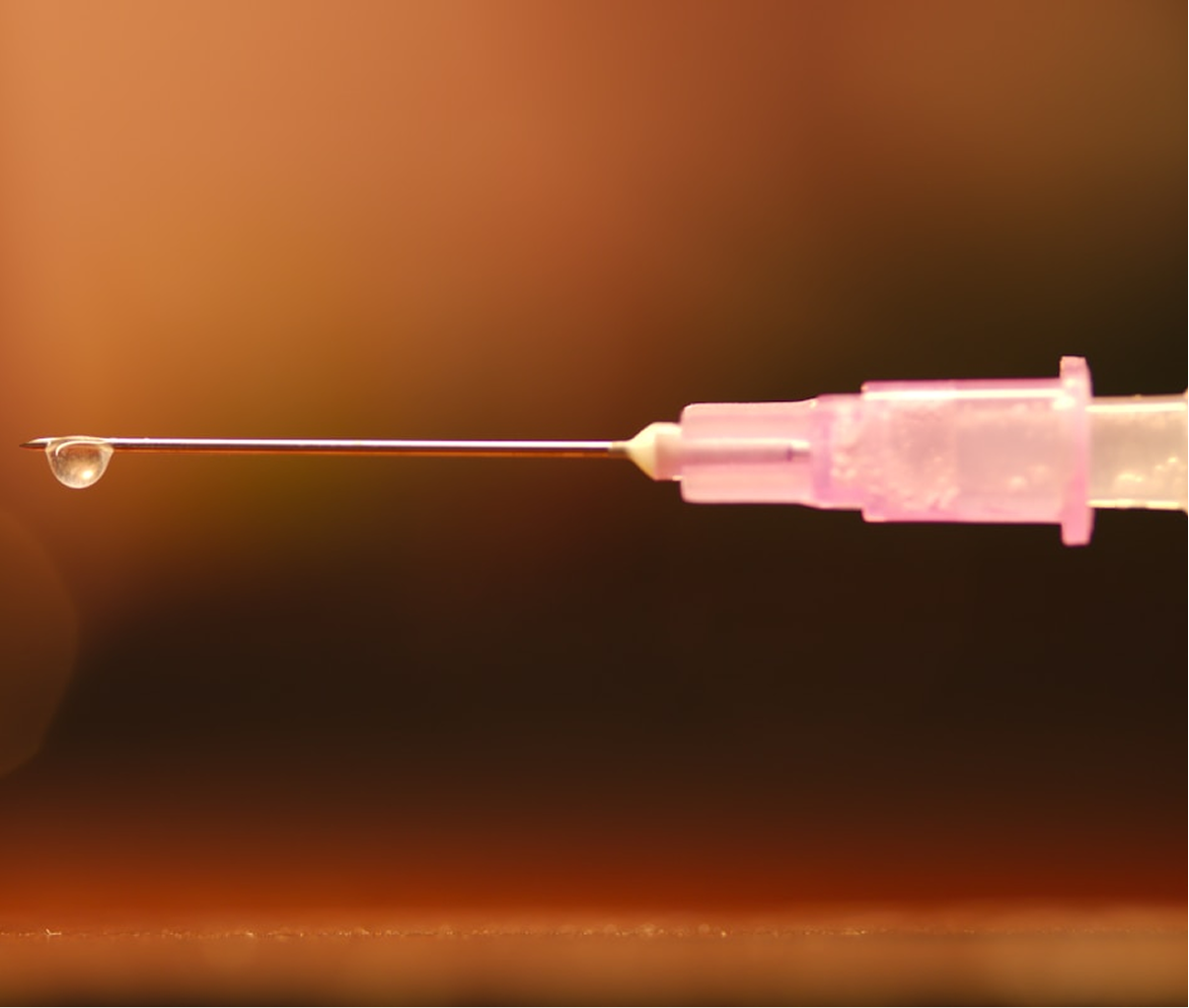
November 14, 2025

November 7, 2025

October 31, 2025

October 24, 2025







